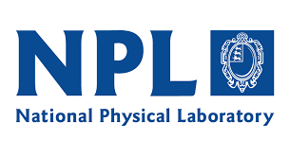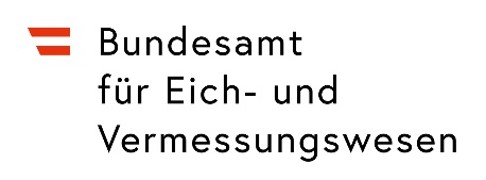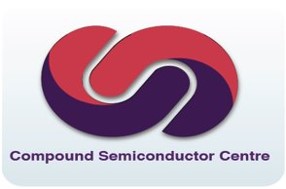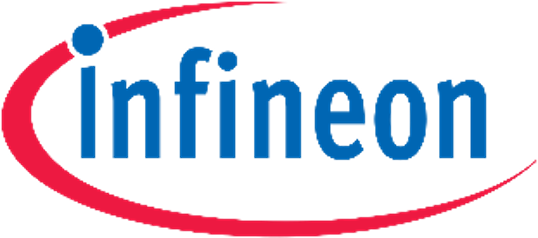Work Packages
TWP1: Wafer-scale metrology of defects in wide bandgap semiconductors
The aim of this work package is to provide quantitative, accurate, fast and large area metrology for defect detection in wide bandgap (WBG) semiconductors. The methods shall be suited for application in industry to measure efficiently full wafers and provide the potential for in-line metrology in manufacturing processes. Both the extension, test and validation of existing methods (such as scatterometry, ellipsometry and spectroscopy) and instrumentation to unsolved challenges in WBG semiconductor defect metrology and the development and investigation of novel approaches in efficient data analysis and of new fast large area instrumentation will be addressed.
WP2: Nanoscale metrology of defects in wide bandgap semiconductors
The aim of this work package is to develop and demonstrate novel metrologies for characterising defects in industrially relevant compound semiconductors in the 5 nm to 10 µm range. A number of different materials (GaN, SiC, ß-Ga2O3) and types of defect (growth-induced and processing-induced) will be considered using different techniques, including: near-field IR scattering (IR s-SNOM), tip-enhanced Raman/photoluminescence scattering (TERS/TEPL), confocal Raman spectroscopy, scanning Kelvin probe force microscopy (KPFM), and cathodoluminescence. WP2 undertakes nanoscale identification and characterisation of defects, which is complementary to the wafer-scale optical measurements developed in WP1 and will be used to validate the wafer-scale techniques.
WP3: Hybrid metrology methods and modelling to quantify material quality
The aim of this work package is to develop data interpretation methods for quantifying the material quality of WBG semiconductor wafers that can be applied using fast and large-area characterisation techniques. This will be achieved by bringing together the complementary techniques developed in WP1 and WP2, performing data fusion and supporting combined uncertainty estimation using analytical and numerical modelling. Application of the hybrid metrology paradigm through data fusion will combine the sensitivities of multiple techniques. This will support both off-line detailed characterisation of nanoscale defects, and in-line fast wafer-scale measurements of material quality. Material quality parameters such as defect density and dimensional characterisation of defects is to be achieved with < 10 % uncertainty.
WP4: Identification of key measurands relating material quality to device performance
The aim of this work package is to identify relationships between the measurements of material quality developed in WP1-3 of this project and the device performance of power electronic devices based on WBG compound semiconductors, including GaN, SiC, and ß-Ga2O 3. A specific objective is to identify key measurands extracted from the novel hybrid metrology methods developed in WP3 that can be measured at the wafer-scale in an industrial context, and that relate closely to the eventual electronic device performance.
WP5: Creating impact
The aim of this work package is to maximise the impact of this project within the European community, via a combination of efficient knowledge exchange and training activities and clear pathways for exploitation. Different dissemination strategies will be used to share the results with wider academic and industrial communities, including European and national conferences and workshops, as well as a secondment and development of an e-learning training course for sharing results and knowledge transfer. Peer-reviewed articles for long-term scientific impact will be published and results of this project will directly influence pre-normative, and standards activities. Broader dissemination activities will create awareness of this project and its findings. Uptake will be supported through an exploitation plan for the project outcomes, including consideration of intellectual property.














